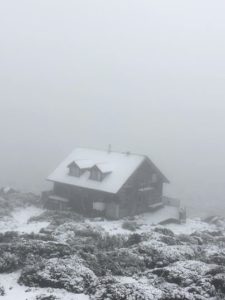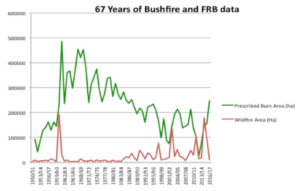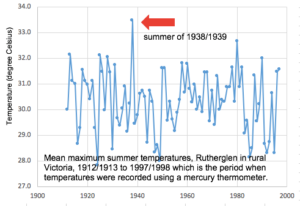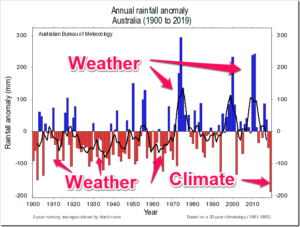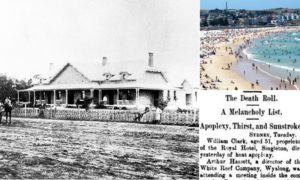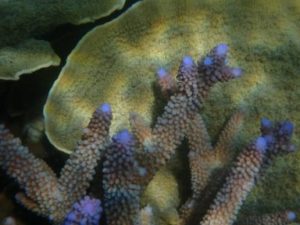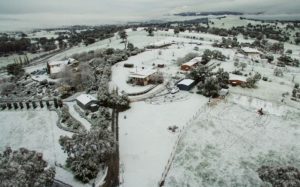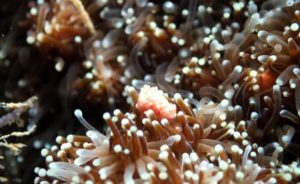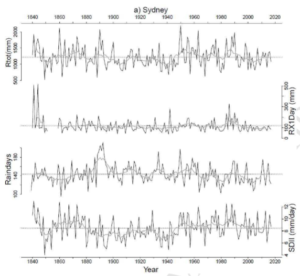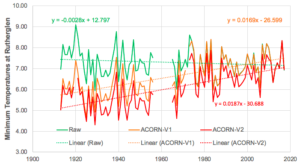by Geggel L., May 21, 2020 in LiveScience
The giant tectonic plate under the Indian Ocean is going through a rocky breakup … with itself.
In a short time (geologically speaking) this plate will split in two, a new study finds.
To humans, however, this breakup will take an eternity. The plate, known as the India-Australia-Capricorn tectonic plate, is splitting at a snail’s pace — about 0.06 inches (1.7 millimeters) a year. Put another way, in 1 million years, the plate’s two pieces will be about 1 mile (1.7 kilometers) farther apart than they are now.
“It’s not a structure that is moving fast, but it’s still significant compared to other planet boundaries,” said study co-researcher Aurélie Coudurier-Curveur, a senior research fellow of marine geosciences at the Institute of Earth Physics of Paris.
Related: In photos: Ocean hidden beneath Earth’s surface
For instance, the Dead Sea Fault in the Middle East is moving at about double that rate, or 0.2 inches (0.4 centimeters) a year, while the San Andreas Fault in California is moving about 10 times faster, at about 0.7 inches (1.8 cm) a year.
The plate is splitting so slowly and it’s so far underwater, researchers almost missed what they’re calling the “nascent plate boundary.” But two enormous clues — that is, two strong earthquakes originating in a strange spot in the Indian Ocean — suggested that Earth-changing forces were afoot.
On April 11, 2012, a magnitude-8.6 and magnitude-8.2 earthquake hit beneath the Indian Ocean, near Indonesia. The earthquakes didn’t happen along a subduction zone, where one tectonic plate slides under another. Instead, these quakes originated in a weird place for earthquakes to happen — in the middle of the plate.
…

